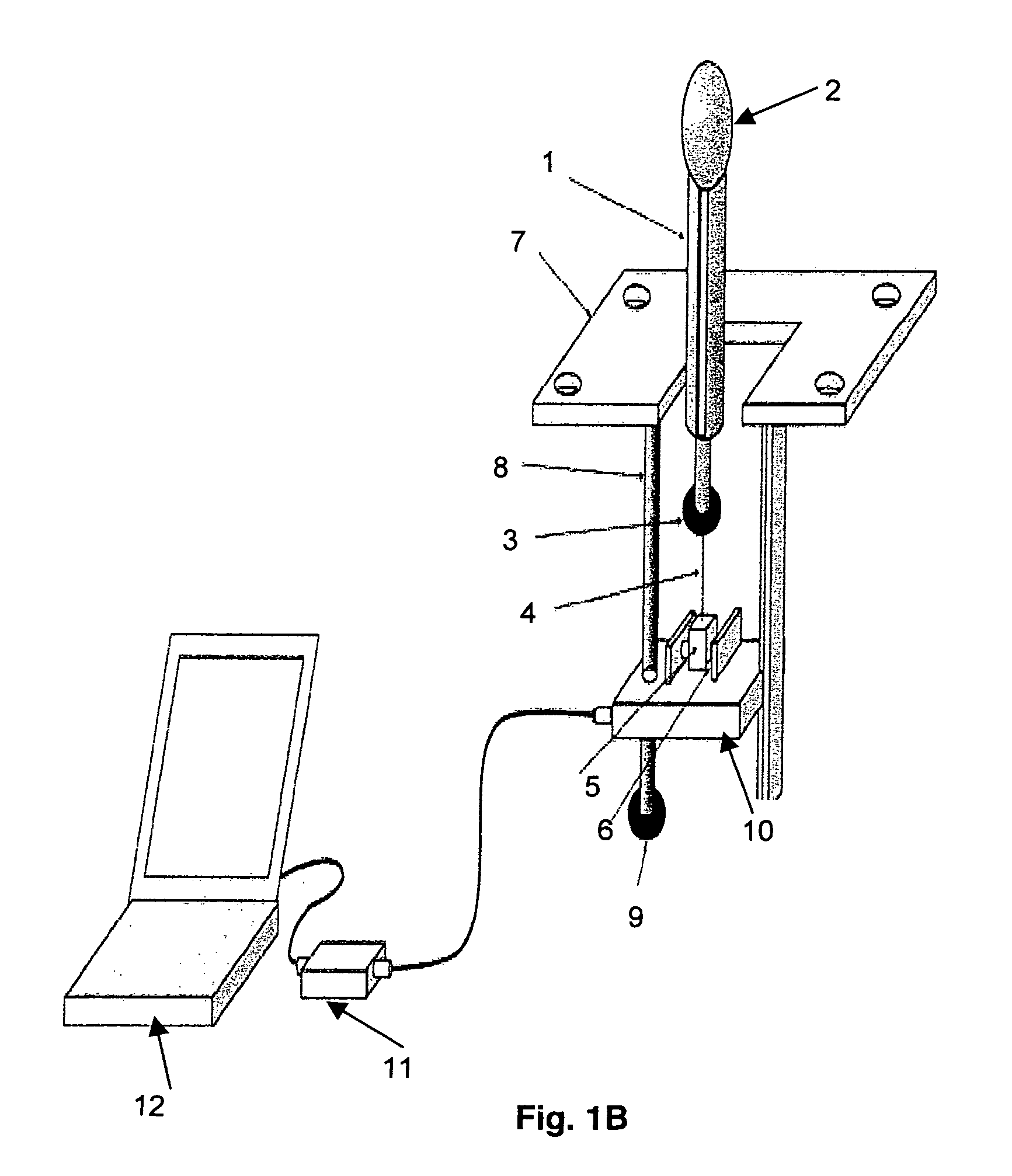Pelvic floor function diagnostic and therapeutic station and uses thereof
a technology of pelvic floor and diagnostic station, which is applied in the field of pelvic floor function diagnostic and therapeutic station, can solve the problems of poor vaginal closure, feces, poor pelvic organ function, and incontinence of urine, and achieve the effect of improving the quality of life and reducing the risk of pelvic organ recurrence, and avoiding recurren
- Summary
- Abstract
- Description
- Claims
- Application Information
AI Technical Summary
Benefits of technology
Problems solved by technology
Method used
Image
Examples
example 1
Side-hole Manometry and Sleeve Sensor Technique to Measure Vaginal Pressure
[0050]Elevator function of pelvic diaphragm causes cranial movement of vaginal high pressure zone (HPZ) during contraction but the manometry catheter may not necessarily move with it which can cause motion artifact in the side hole pressure recordings. The second problem with side-hole pressure recording technique is that the vaginal high pressure zone is distributed in a bell shaped manner, i.e., the maximum or peak pressure is located in the center of high pressure zone. It is extremely difficult to keep a side hole at the location of peak pressure, especially when it is moving in the cranio-caudal direction. Both of the limitations of side hole pressure recording technique can be overcome by a sleeve sensor, (3). Sleeve sensor is usually 6 cm in length and it records peak pressure along its length, irrespective of the high pressure zone location on the sleeve. The problem with sleeve sensor however is that...
example 2
Vaginal Probe Size and Vaginal Pressure Measurement
[0052]FIG. 5 illustrates an example of a catheter holder to hold the sleeve sensor used in the instant device. A standard size sleeve sensor can be placed inside the holder and the two (holder+sleeve sensor) are placed inside the vagina. Pressure sensor surface of sleeve sensor faces anterior direction (towards the pubic bone) if one wants to record the anterior vaginal pressure. Holders of different sizes are designed such that irrespective of the size of the holder, a standard 4 mm sleeve catheter fits into the holder. By using different size holders, one can increase the length of the puborectalis muscle and at the same time record pressure at rest and during pelvic floor muscle squeeze.
PUM
 Login to View More
Login to View More Abstract
Description
Claims
Application Information
 Login to View More
Login to View More - R&D Engineer
- R&D Manager
- IP Professional
- Industry Leading Data Capabilities
- Powerful AI technology
- Patent DNA Extraction
Browse by: Latest US Patents, China's latest patents, Technical Efficacy Thesaurus, Application Domain, Technology Topic, Popular Technical Reports.
© 2024 PatSnap. All rights reserved.Legal|Privacy policy|Modern Slavery Act Transparency Statement|Sitemap|About US| Contact US: help@patsnap.com










